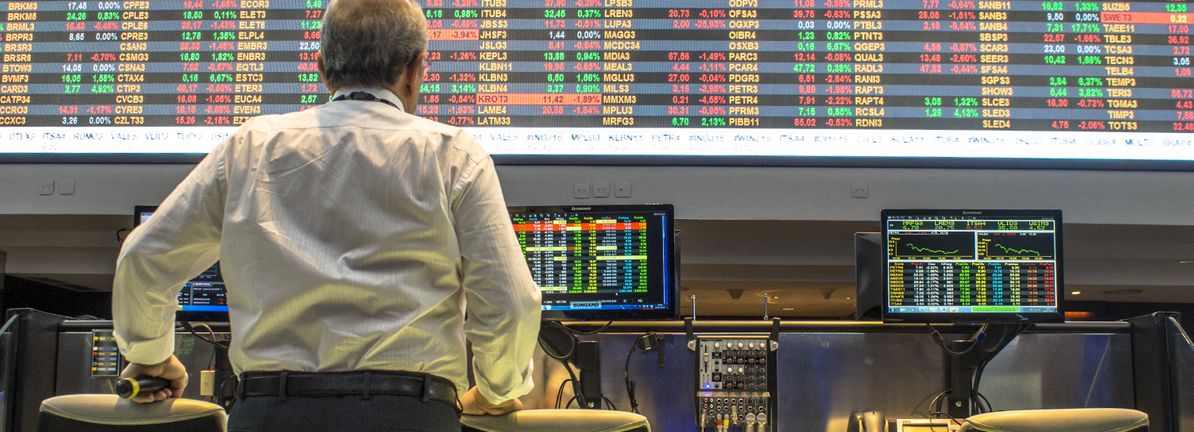Morningstar (MORN) shares have taken investors on a ride over the past year, with returns down nearly 38% in that span. Market watchers are looking closely at recent performance to gauge where value opportunities might emerge.
See our latest analysis for Morningstar.
After a tough year for Morningstar, the share price is showing some early signs of stabilizing, climbing 1.82% over the last trading day after months of negative momentum. While the company’s long-term total shareholder returns have held up better than recent dips might suggest, there is no denying that short-term sentiment remains cautious as investors look for signals of a turnaround.
If you’re on the lookout for other stocks that may be gaining ground under the radar, now is a great time to broaden your search and discover fast growing stocks with high insider ownership
With shares trading well below long-term analyst price targets and recent results showing some signs of progress, the key question is whether Morningstar is undervalued at current levels or if the market is anticipating growth ahead.
Morningstar’s price-to-earnings ratio of 23.6x puts it just below the Capital Markets industry average, suggesting the market sees value but is not pricing in outsized upside. At the last close price of $215.49, this signals Morningstar trades at a slightly lower valuation than its peers, though not at a dramatic discount.
The price-to-earnings (P/E) ratio reflects how much investors are willing to pay today for a dollar of earnings tomorrow. For financial services firms like Morningstar, the P/E ratio is often used as a barometer of growth expectations and profitability.
In this case, the P/E multiple is lower than the average for similar companies in the sector, meaning investors are not overpaying relative to the industry. However, compared to the estimated “fair” P/E of 14.1x, the current valuation could be seen as stretched if the company does not deliver higher earnings growth to justify the market’s premium. The current level is above what might be expected if the market consensus shifts closer to intrinsic value.
Explore the SWS fair ratio for Morningstar
Result: Price-to-Earnings of 23.6x (ABOUT RIGHT)
However, continued earnings volatility or slower revenue growth could pressure the stock, particularly if broader market sentiment remains defensive in the near term.
Find out about the key risks to this Morningstar narrative.
Taking another approach, our SWS DCF model presents a very different picture for Morningstar. Based on future cash flows, the model finds the current price of $215.49 is well above its fair value estimate of $93.05. This suggests Morningstar could be significantly overvalued at the moment. How do investors reconcile these sharply opposing signals as they look ahead?
